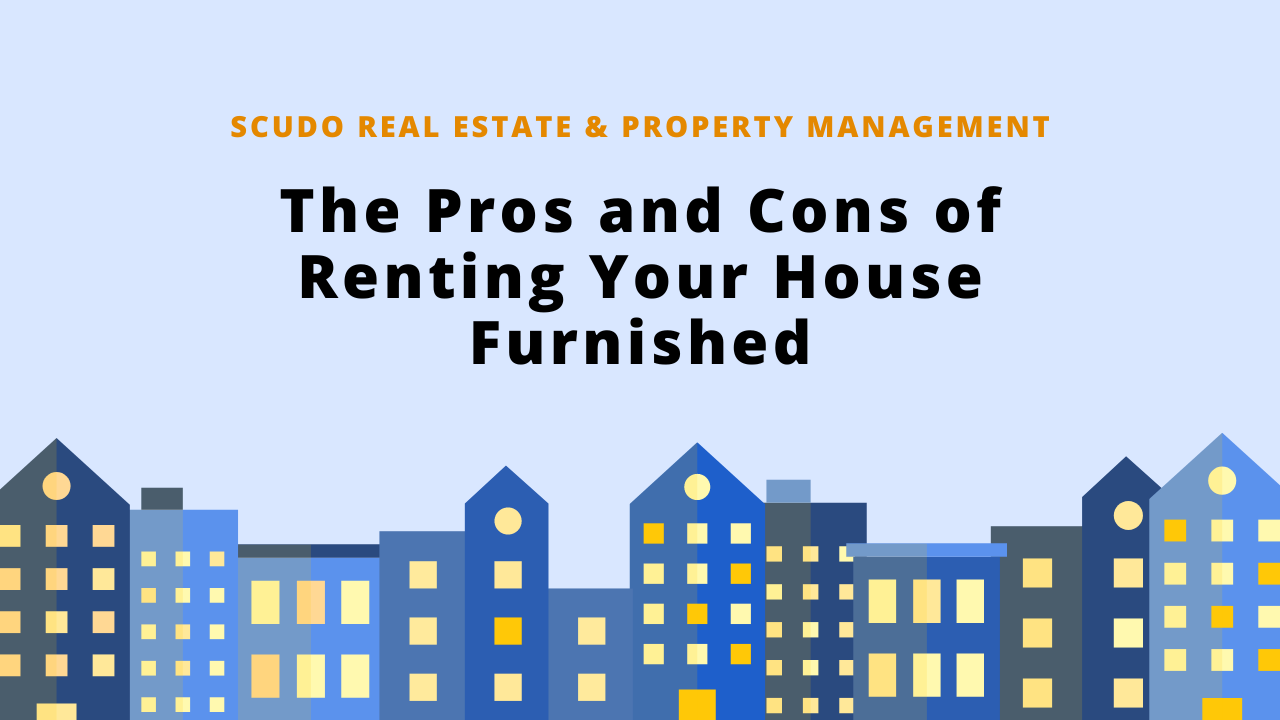 For landlords, an essential part of running a successful rental is knowing which lease agreements suit your needs best. Deciding between yearly or month-to-month leases can be challenging as each option has strengths and weaknesses. Month-to-month leases offer flexibility and convenience for tenants and landlords.However, it's essential to understand the perks and drawbacks of this alternative agreement compared to traditional one-year leases.In this blog post, we’ll discuss the pros and cons of using month-to-month rental arrangements for landlords.
For landlords, an essential part of running a successful rental is knowing which lease agreements suit your needs best. Deciding between yearly or month-to-month leases can be challenging as each option has strengths and weaknesses. Month-to-month leases offer flexibility and convenience for tenants and landlords.However, it's essential to understand the perks and drawbacks of this alternative agreement compared to traditional one-year leases.In this blog post, we’ll discuss the pros and cons of using month-to-month rental arrangements for landlords.
How Does a Month-To-Month Lease Work?
A month-to-month lease is a rental agreement in which the tenant and landlord agree to a short-term, rolling contract that renews each month until either party terminates it. This agreement allows for more flexibility than other types of leases.Under a month-to-month lease, the tenant has to pay rent each month per whatever terms were agreed upon between the landlord and tenant. The contract may include the amount of rent due, its due date, and other associated fees. The tenant is also obligated to abide by all of the terms of the contract, including those related to property maintenance. To terminate a month-to-month tenancy, the landlord or tenant must provide written notice of their intention to end the lease at least 30 days before the termination date. This notice gives both parties adequate time to make alternative living arrangements if necessary.
To terminate a month-to-month tenancy, the landlord or tenant must provide written notice of their intention to end the lease at least 30 days before the termination date. This notice gives both parties adequate time to make alternative living arrangements if necessary.
Benefits of a Month-To-Month Lease
A month-to-month lease is an excellent option for those who want some flexibility in their accommodation while still having the security of a rental contract. Below are some great benefits of month-to-month leases!
Flexible Occupancy
Landlords have more control over their occupancy rates when using a month-to-month lease. They can offer short-term leases for renters who may be in town temporarily or may be hesitant to commit to a long-term lease. This allows landlords to fill vacancies quickly and easily without worrying about tenants needing to break their leases to move out.
Lower Vacancy Rates
Because of their flexible nature, month-to-month leases allow for shorter gaps between tenants when someone moves out. This means landlords can fill vacancies faster and more consistently, which results in lower vacancy rates. Lower vacancy rates also mean a steady income for landlords from month to month.
Lower Overhead Costs
Month-to-month leases require less paperwork and administrative work than long-term leases. This reduces the time and money landlords spend on administrative costs and makes it easier for them to manage their rental properties.
Increased Tenant Retention
Because of the flexibility that month-to-month leases offer, tenants may be more likely to stay in a home or apartment for extended periods. This results in increased tenant retention, which can help landlords save money and time as they don't have to look for new tenants constantly or spend time getting the unit ready to rent.
This results in increased tenant retention, which can help landlords save money and time as they don't have to look for new tenants constantly or spend time getting the unit ready to rent.
Higher Rental Rates
Month-to-month leases also allow landlords to charge higher rent rates than long-term leases. Raising the rent based on market changes can be necessary. With a month-to-month lease, landlords can adjust the rent quickly and easily with minimal disruption to tenants.Overall, month-to-month leases can provide numerous benefits for landlords. They offer flexibility and control over occupancy rates, lower overhead costs, increased tenant retention, and higher rent rates. With all these advantages, it's no wonder that more and more landlords are turning to this type of leasing.
Drawbacks of a Month-To-Month Lease
Month-to-month leases are becoming increasingly popular among renters. However, they can pose some challenges for landlords. Though they provide flexibility and convenience, there are some drawbacks that landlords should consider before offering short-term leases.
Lack of Long-Term Rental Income
One of the main drawbacks of a month-to-month lease for landlords is that they often have to settle for lower rental income than what would be typical with a longer-term lease. This is because tenants are less likely to commit to paying rent for an extended period. A landlord may adjust the rent rate frequently to keep a tenant, which can be challenging in markets where rental prices often change.
More Frequent Turnover
Because a month-to-month lease is more flexible for tenants, it also means that landlords may experience more frequent turnover. This can be costly for landlords as each time a tenant moves out, they must find a new tenant.
This can be costly for landlords as each time a tenant moves out, they must find a new tenant.
Increased Uncertainty
It is important for landlords who like structure to know if their property will remain occupied and how much monthly rent they can expect to receive. Month-to-month leases can make budgeting and predicting future income difficult, as there is no guarantee of a steady stream of rental income.
Higher Maintenance Costs
The high turnover rate associated with month-to-month leases can mean more frequent repairs and higher maintenance costs. For instance, when a tenant moves out, landlords will need to make repairs and clean the unit before the next tenant can move in.While month-to-month leases offer tenants flexibility, they can pose some significant drawbacks for landlords. It is essential to weigh the pros and cons before deciding whether this type of lease is right for your rental property.
Conclusion: Our Thoughts on Month-To-Month Leases
It's important to consider all pros and cons before deciding what kind of lease to use for your rental. Month-to-month leases present great opportunities for flexibility and can provide additional protection against nonpayment of rent or other breaches of the lease. However, month-to-month leases also present risks that must be carefully weighed before entering such an arrangement. Ultimately, landlords need to decide if the benefits of a month-to-month lease outweigh the risks to determine if this is the right option for them.If you need help deciding whether a month-to-month lease is right for you, reach out to the experts at SCUDO Real Estate & Property Management!

